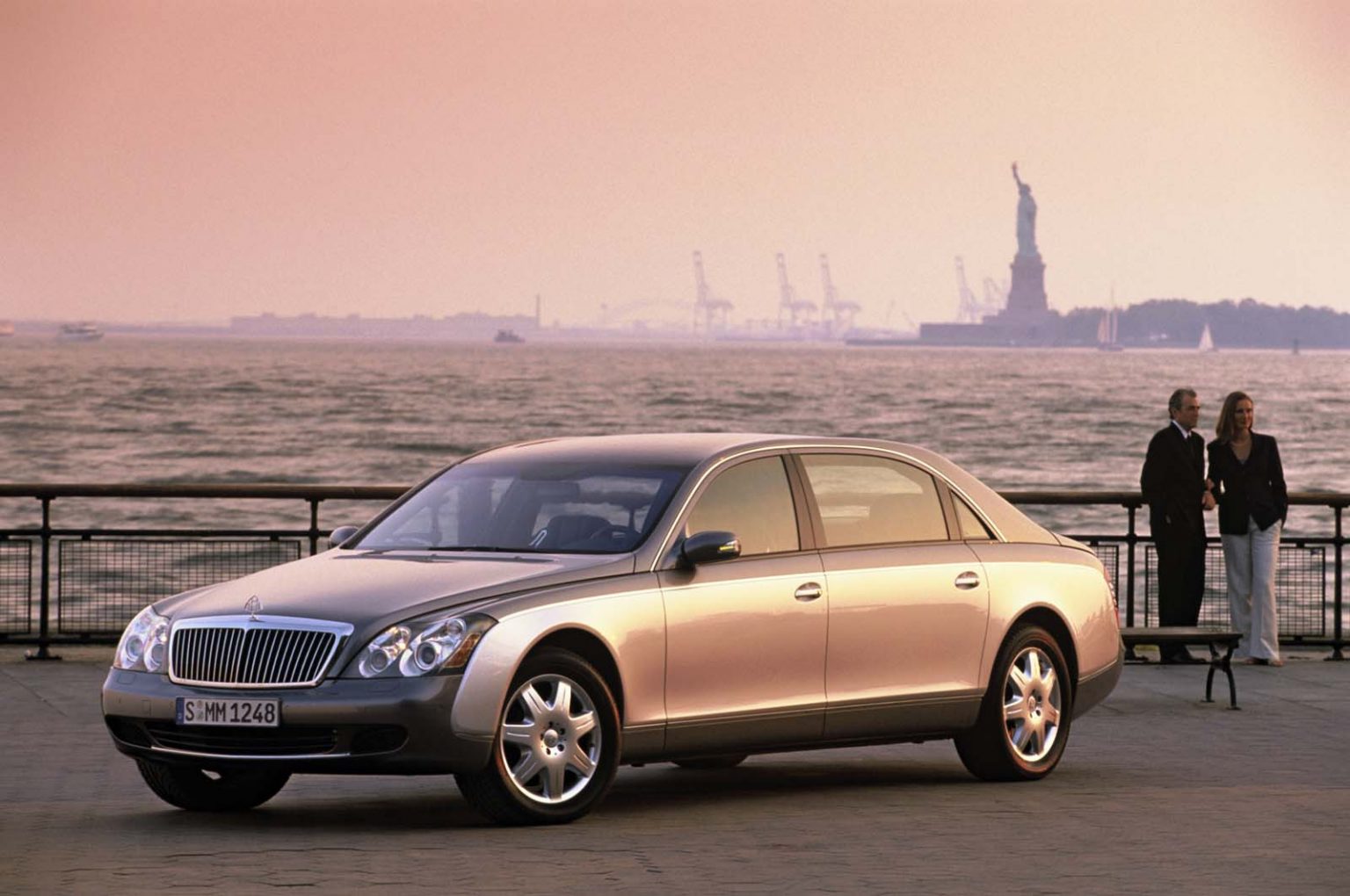
175 years ago, the “King of Designers” Wilhelm Maybach was born in Heilbronn, Germany, 9 February 1846. The second oldest son of a carpenter would later become a hugely influential designer and is credited with being the designer of the first modern car.
This accolade is not given lightly, Maybach was an outstanding technical talent. Responsible for many inventions for Daimler that helped Gottlieb achieve his vision of motorised mobility with different modes of transport.
Augustus Wilhelm Maybach moved to Stuttgart with his parents and family in the early 1850s. But things weren’t easy for him, losing his mother in 1854 and then only two years later his father. Friends of the family tried to find homes for the orphans, even placing a newspaper advert in the Stuttgarter Anzeiger. Wilhelm was eventually taken in by an institution called Bruderhaus, the house of brothers, in Reutlingen. The Bruderhaus also ran orphan asylums, schools and factories.
It was at the Bruderhaus that Maybach initially trained as a baker and confectioner. But Pastor Werner saw the boy’s vast technical talents and encouraged it. As a result of this Maybach started an apprenticeship at the drawing office of the machine shop in 1861. He received physics and free hand drawing lessons at the city’s advanced training facility. He later had mathematics at secondary school. He was also luck to receive English and French lessons from the first day of his career.
In 1863 Maybach met Daimler, as Pastor Werner recruited the 29 year old Daimler as an inspector of Bruderhaus Vereinigte Werkstätten, the united workshops.

















